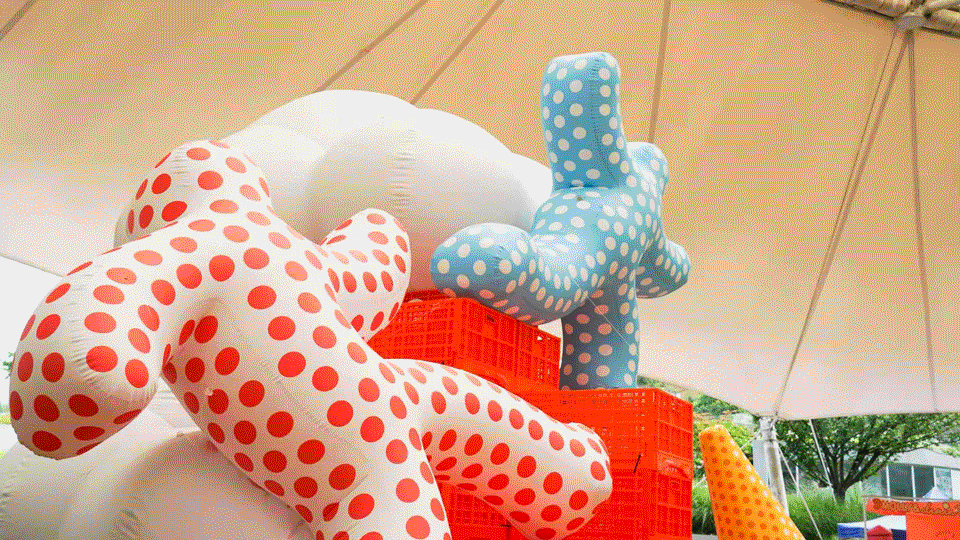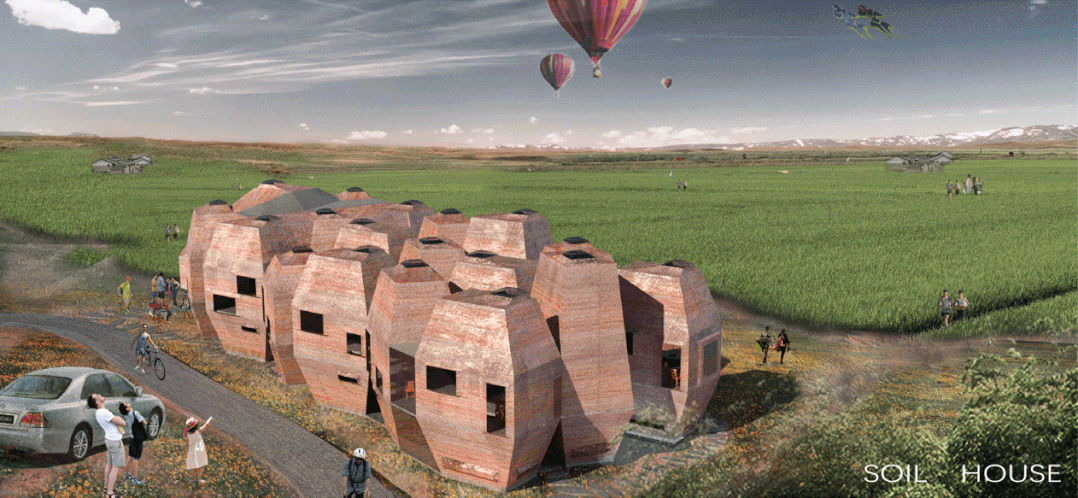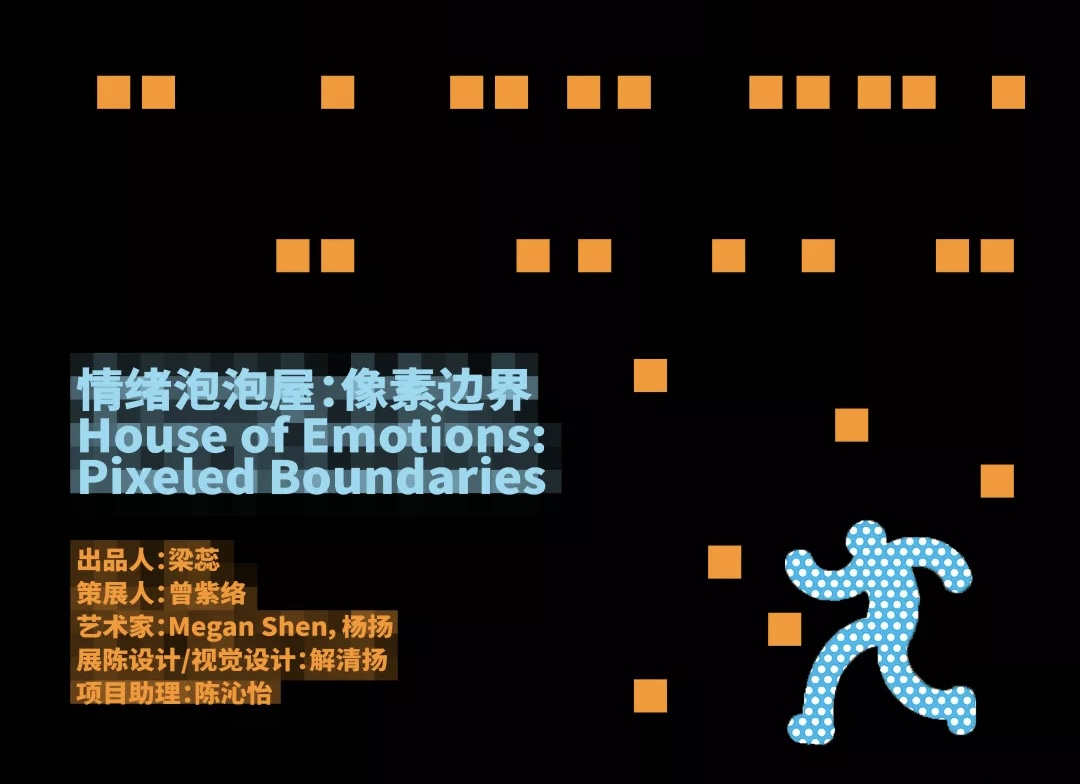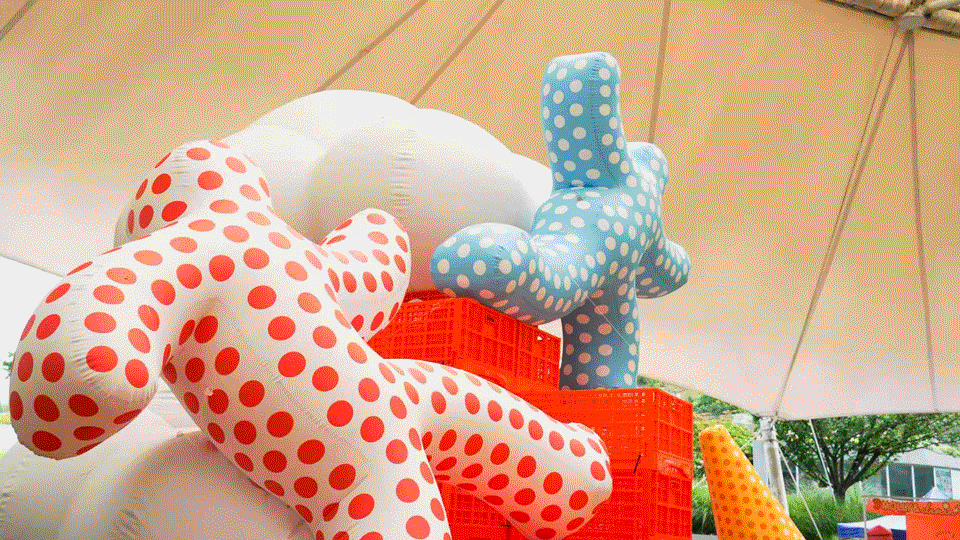Pixeled Boundaries
Exhibition Exploring Space and Sensory
On July 3 and July 4, 2021, A8 Design Center launched the POP-UP exhibition "House of Emotions: Pixeled Boundaries" as the special exhibition in the "MeMe Tribe". The exhibition extends the exploration of the relationship between "space" and "sensory". It attempts to use the “pixelated” device structure to guide the viewers to stay sharp in the technology wave, to retain the deepest honesty and trust in the body, emotion, and perception.
House of Emotions: Pixeled Boundaries
On April 27, 2021, A8 Design Center, together with artists Megan Shen and Yang Yang, launched the POP-UP exhibition “House of Emotions” at A8 POP, LUXELAKES Expo Center. In this exhibition, the artists try to explore the “fiction of architecture” through emotion, visual and activity, guiding the viewers to explore the positive and negative space filled by the comics and feel the specific memories and emotions evoked by the space. At the same time the exhibition guides the viewers into a state of “Feeling” through activity, visual, and energy.
"Pixeled Boundaries" continue to extend the exploration of the relationship between "space" and "sensory". If we say that in the “House of Emotions”, the artist applies 2D effects to a three-dimensional space, making the viewers become the subject of “Feeling” through the visual illusion and the emotional energy generated by personal experience, then the working method of “Pixeled Boundaries” is to pixelate the structure of the installation in the three-dimensional space to try to deconstruct how the body's tactile can be stimulated by visual, and to reflect on the overall extension of senses through technological means represented by 3D, VR, AR and other technologies, emphasizing the importance of "the subjectivity of the body" and the intervention and perception of space by the body.
“Pixels” are the basic units that constitute digital images. The “pixelated” installation attempts to deconstruct the volume of the three-dimensional space into a "digital image style" that can rely on visual intuitive perception, responding to the large amount of images accumulated by viewers in the era of information explosion. The “pixels” in the space outline the ambiguous boundaries of the installation itself, creating a specific field with a sense of drama—just like the static framed scenes fixed in the Family Computer consoles in the 90s, and the Bubble Man echoes the retro pop to further make the space two-dimensional, flattened, and imaged. The retro visual experience brought by the installation is like allowing the viewer to peek into the old communication methods and order through the rearview mirror of a car, to further reflect on the influence of the new media era we live in on our own perception. McLuhan① put forward when explaining “the medium is the extension of man” that, all mediums, from phonetic letters to computers, are a kind of reinforcement, which is the amplification of organs, sensations or functions. In this way, through the amplification and strengthening of the medium, it is like establishing a new central nervous system outside the human body. It castrates our own perception acuity while also changing our perception of our environment—as we enter the next era defined by supercomputers, big data, algorithms, and artificial intelligence, this kind of influence is also faster, stronger, and more permeable. This makes people think of the movie Ready Player One. In the not-so-distant 2045, people use the virtual reality game world “oasis” to escape from the painful reality: when VR helmets, cyber gloves/vests, and VR egg chairs become the media of our perception, how profoundly and eternally will we change our perception of the world and our relationship with the world.
In “Pixeled Boundaries”, the exhibition presents a familiar technical picture to the viewer in a pixelated form, to lead the viewer contemplate on the relationship between the “past times” and the “present”, and the “present” with the “up-coming era”. Such observation, sensitivity, and vigilance, in McLuhan's view, are the only solution for humans to resist castration of perception, that is to become an “serious artist”② , becoming those who encounter technology with impunity, stay sharp in the technological shock, have the deepest honesty and trust in the body, emotion, and perception, and continue to break through the “pixel boundary” framed by the “artificial nervous system” — this should be the most core exploration of the relationship between “space” and “sensory” that the exhibition hopes to present.
——Curator Zeng Ziluo
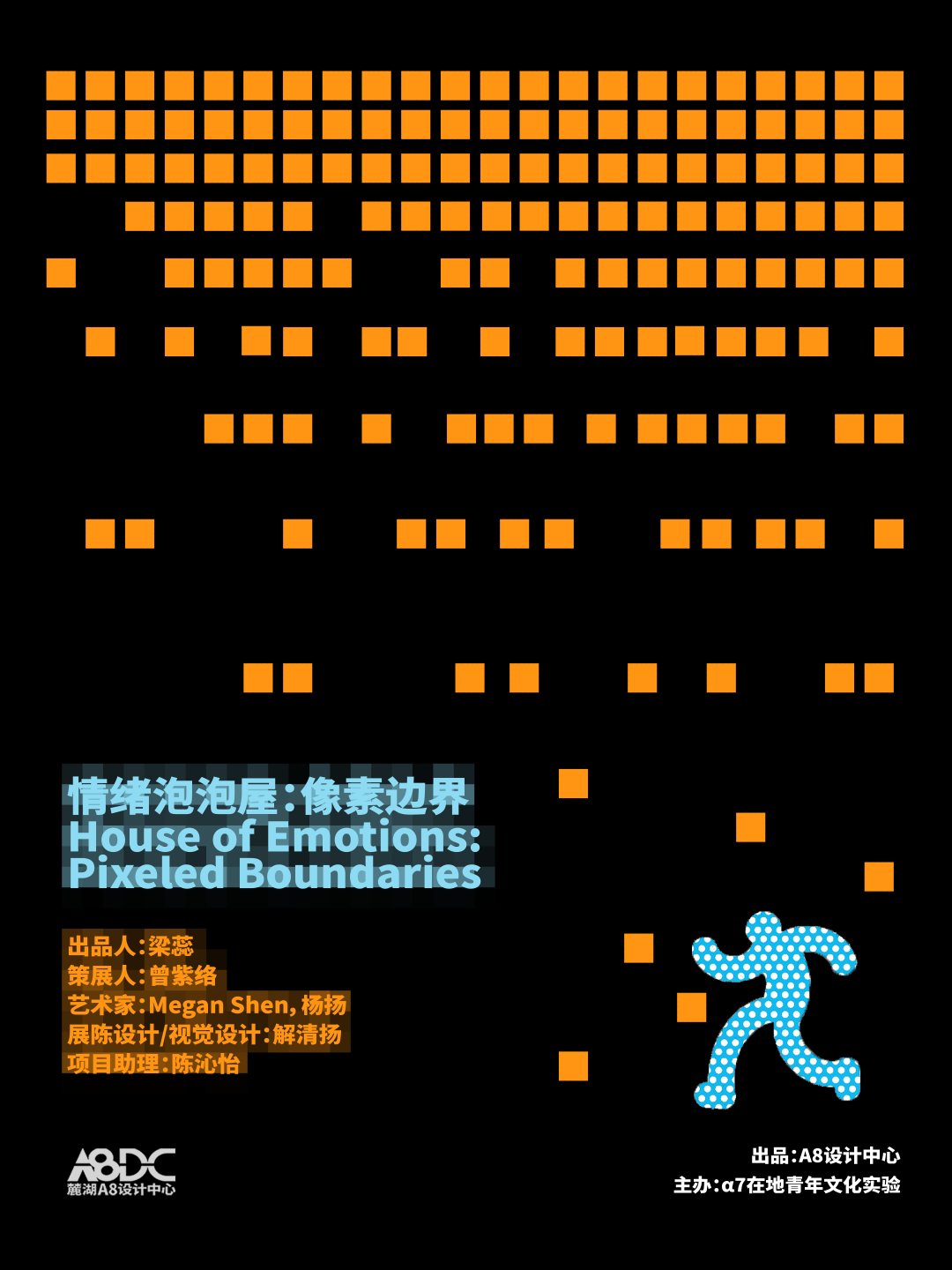
Producer: Liang Rui
Curator: Zeng Ziluo
Artist: Megan Shen, Yang Yang
Exhibition Design: Xie Qingyang
Project Assistant: Chen Qinyi
Video Creation: Han Jiafang
Production: A8 Design Center
Organizer: α7 Local Youth Culture Laboratory
Exhibition Time:July, 3, 2021——July, 4, 2021
Citation:
① Herbert Marshall McLuhan[a] CC (July 21, 1911 – December 31, 1980), Canadian philosopher, whose work is among the cornerstones of the study of media theory. Born in Edmonton, Alberta, and raised in Winnipeg, Manitoba, McLuhan studied at the University of Manitoba and the University of Cambridge.
② Marshall McLuhan: Understanding Media: The Extensions of Man
